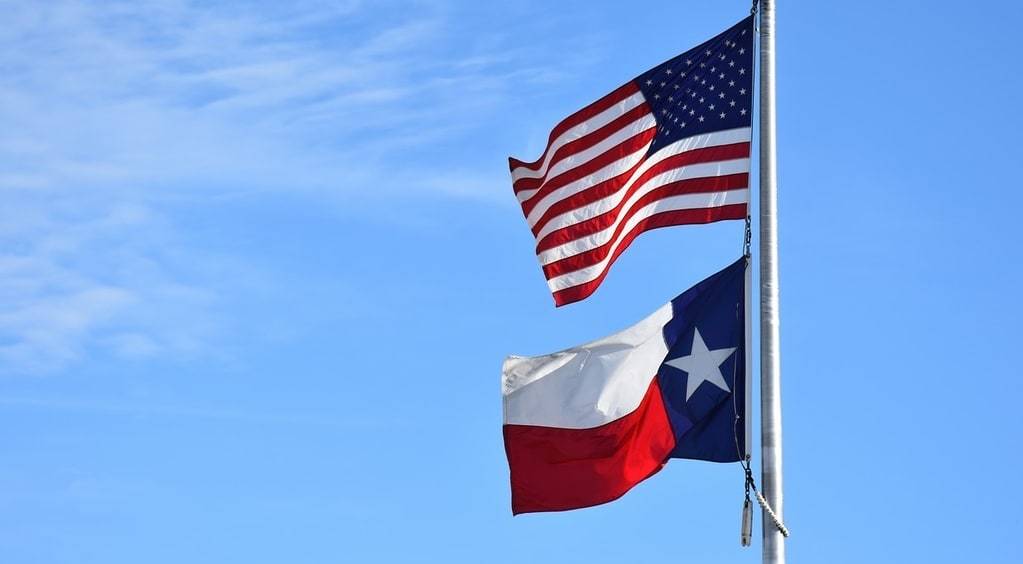Discovering the cultural heritage of the Southwest

The Southwest region is a treasure trove of rich cultural heritage, brimming with diverse traditions, historical sites, and unique customs that have shaped its identity over centuries. From the vibrant communities of Native American tribes to the Spanish colonial influences, the area offers an extraordinary journey through time and culture. Whether exploring ancient ruins, experiencing local festivals, or savoring traditional cuisine, the Southwest’s cultural landscape is a vivid tapestry that invites exploration and appreciation.
Exploring the Cultural Heritage of the Southwest
The Southwest is a region that stands out for its diverse blend of cultures, each contributing to a distinct and harmonious identity. One of the most remarkable aspects is the enduring presence of Native American cultures. The Navajo, Hopi, Apache, and many other tribes have inhabited this land for centuries, each with their own unique languages, art forms, and traditions. Their influence is still strongly felt today, from the stunning rock art found in canyon walls to the intricate jewelry and pottery crafted by artisans.
In addition to Native American influences, the Southwest bears the marks of Spanish colonialism, which began in the 16th century. Spanish explorers brought with them their architecture, religion, and customs, which intermingled with indigenous traditions to create a distinctive cultural blend. The mission churches, with their adobe walls and simple beauty, stand as monuments to this fusion of cultures. These sites, often surrounded by picturesque landscapes, provide a glimpse into a time when two worlds collided and merged.

The Southwestern Festivals and Celebrations
Festivals and celebrations are vital expressions of the region’s cultural heritage. Events such as the Albuquerque International Balloon Fiesta and the Santa Fe Indian Market draw thousands of visitors, offering a vibrant showcase of art, dance, and community spirit. These gatherings are more than mere spectacles; they are living traditions that celebrate the region’s unique identity and provide a platform for cultural exchange.
The Day of the Dead, or Día de los Muertos, is another significant celebration with roots in both indigenous and Spanish traditions. This colorful and poignant event honors deceased loved ones with altars adorned with flowers, candles, and food offerings. It is a time for reflection and remembrance, blending solemnity and joy in a way that is deeply representative of the Southwest’s cultural ethos.
Architectural Marvels of the Southwest
The architecture of the Southwest is as diverse as its people. Adobe structures, with their earthy tones and organic forms, are among the most iconic. These buildings, made from sun-dried bricks, provide natural insulation against the region’s extreme temperatures. The Pueblo Revival style, which emerged in the early 20th century, draws inspiration from these traditional forms, incorporating modern elements to create a unique architectural expression that is both functional and aesthetically pleasing.
Spanish colonial architecture also plays a prominent role in the region’s visual landscape. The Mission San Xavier del Bac in Arizona and the San Miguel Chapel in New Mexico are prime examples of this style, characterized by their stucco exteriors, arched doorways, and bell towers. These structures not only serve as places of worship but also as enduring symbols of the historical and cultural convergence that defines the Southwest.
Culinary Traditions: a Flavorful Journey
The culinary heritage of the Southwest is a flavorful reflection of its cultural diversity. Traditional dishes, such as enchiladas, tamales, and Navajo fry bread, showcase the fusion of Native American, Spanish, and Mexican influences. The use of locally sourced ingredients, including chiles, beans, and corn, adds to the distinctiveness of these dishes, creating a cuisine that is both hearty and full of character.
The region’s love affair with chiles is particularly noteworthy. Green and red chiles are a staple in Southwestern cooking, adding heat and depth to a variety of dishes. The annual Hatch Chile Festival in New Mexico celebrates this beloved ingredient, drawing food enthusiasts from far and wide to sample a plethora of chile-infused creations.
Unmissable Cultural Experiences
For those looking to immerse themselves in the Southwest’s cultural heritage, there are numerous experiences not to be missed :
- Visit Ancient Ruins: sites like Mesa Verde National Park and Chaco Canyon offer a fascinating glimpse into the lives of ancient civilizations that once thrived in the region.
- Explore Art Galleries and Museums: cities like Santa Fe and Taos are home to world-renowned art galleries and museums showcasing Native American and Southwestern art.
- Attend Local Festivals: participate in vibrant festivals such as the Gallup Inter-Tribal Indian Ceremonial or the Santa Fe Fiesta to witness traditional dances, music, and crafts.
- Discover Historic Towns: stroll through historic towns like Bisbee and Tombstone in Arizona, where the Old West comes to life with reenactments and historic saloons.
These experiences offer an opportunity to connect with the past and appreciate the living traditions that continue to shape the region.
Preserving the Heritage for Future Generations
The cultural heritage of the Southwest is a living testament to the resilience and creativity of its people. Efforts to preserve this heritage are ongoing, with many communities actively engaged in safeguarding their traditions, languages, and sacred sites. Organizations and cultural centers play a crucial role in these endeavors, providing education and resources to ensure that future generations can continue to experience and cherish this unique cultural legacy.
From the intricate designs of traditional Navajo weaving to the soulful melodies of Flamenco music, the cultural heritage of the Southwest is a vibrant and dynamic force. It is a legacy that continues to evolve, reflecting the diverse influences that have shaped the region while remaining deeply rooted in its history. Exploring this heritage is not just a journey through the past but an opportunity to engage with a rich and ever-changing cultural landscape.